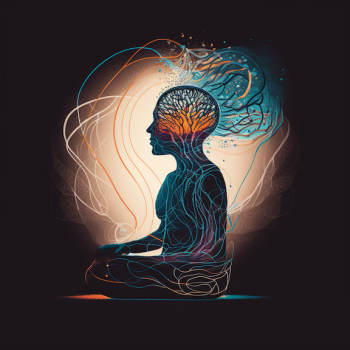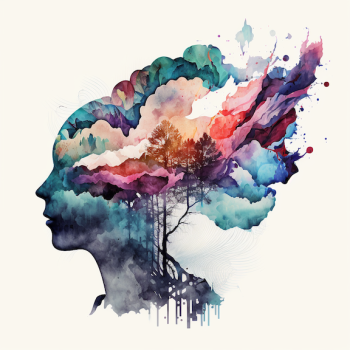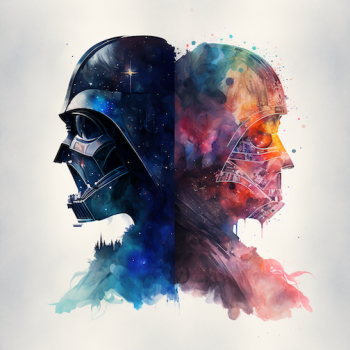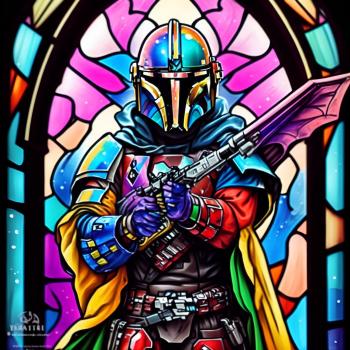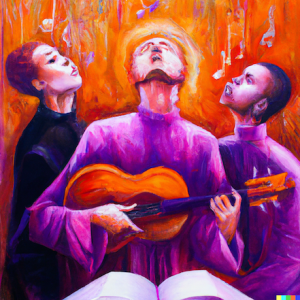
Delving into the enigmatic relationship between intuition and creativity and its impact on artistic endeavors
Introduction
Intuition, often described as a gut feeling or an inner voice, is a powerful cognitive process that transcends conscious reasoning and analytical thought.
While the exact nature of intuition remains elusive, its role in creativity is undeniable, acting as a catalyst for original ideas, innovative solutions, and artistic expression.
What is the the role of intuition in creativity? Let’s go about examining its origins, characteristics, and impact on the creative process.
Origins and Characteristics of Intuition
Intuition is thought to stem from the subconscious mind, drawing on a vast reservoir of experiences, knowledge, and emotions that lie beneath the surface of our conscious awareness.
This cognitive process allows us to process information rapidly and holistically, leading to insights and conclusions that are not easily accessible through analytical reasoning.
Some of the key characteristics of intuition include:
- Speed: Intuitive insights often emerge quickly and spontaneously, bypassing the slower, more deliberate process of conscious thought.
- Non-linearity: Intuition operates outside the confines of linear reasoning, allowing for leaps of insight and connections that may not be immediately apparent.
- Emotional resonance: Intuitive insights often carry a strong emotional charge, providing a sense of certainty or conviction that can guide decision-making and creative expression.
The Role of Intuition in the Creative Process
Intuition plays a critical role in various stages of the creative process, influencing idea generation, exploration, and execution:
- Idea generation: Intuition can spark the initial inspiration for a creative project or idea, providing a sudden flash of insight that sets the stage for further exploration and development. This intuitive catalyst can arise from unexpected sources, such as dreams, daydreams, or seemingly unrelated experiences.
- Exploration and experimentation: As artists and creative thinkers delve into their projects, intuition serves as a guiding force, leading them to investigate new possibilities, take risks, and break free from established norms. Intuition can help individuals navigate ambiguity and uncertainty, allowing them to embrace the unknown and discover novel connections and perspectives.
- Execution and refinement: In the final stages of the creative process, intuition can inform the subtle choices and decisions that shape the finished product, such as the selection of colors, materials, or compositional elements. This intuitive sensibility enables artists to imbue their work with a unique, personal touch that resonates with audiences and conveys their intended message or emotional impact.
Conclusion
The role of intuition in creativity is both enigmatic and profound, acting as a mysterious catalyst for artistic expression and innovation.
By tapping into the power of intuition, artists and creative thinkers can access a rich wellspring of inspiration and insight that transcends the limitations of conscious reasoning and analytical thought.
Embracing the intuitive aspect of creativity can lead to groundbreaking discoveries, transformative works of art, and a deeper understanding of the human experience, revealing




